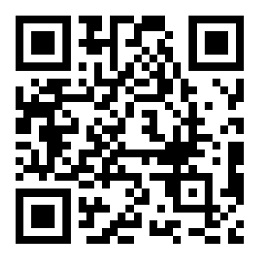In collaboration with the National Health Commission and National Disease Control and Prevention Bureau, the Ministry of Education (MOE) recently issued the Guidance on Myopia Prevention and Control in Kindergartens and Primary Schools. The document specifies eight strong measures to effectively reduce the incidence of myopia among young children.
First, guarantee sufficient time for outdoor activities. Kindergarten teachers are encouraged to organize outdoor games and physical exercise for kids to ensure that they spend no less than two hours outside every day. The Guidance also suggests that primary schools urge students to go outside or look out the window during recess, increase time for outdoor physical exercise, and set mini-zones for activities outside the classroom and in public areas.
Second, raise parents’ awareness about nearsightedness prevention. Kindergartens and primary schools are advised to enhance the role of parents’ meetings, parent committees, and parenting education institutions in advocating sound family prevention efforts, such as creating a good indoor visual environment at home, controlling children’s use of screens, encouraging children to spend more time outdoors, and actively supporting schools’ vision screening work.
Third, implement measures in primary schools across the country. These include posting a standard logarithmic visual acuity chart in every classroom, setting morning and afternoon eye exercise sessions, and organizing a monthly eyesight self-test within classes, a quarterly awareness-raising campaign, overall planning at the beginning of every semester, and a yearly analysis of the eyesight records of every student.
Fourth, improve school indoor visual environments. Schools should use adjustable desks and chairs that meet applicable eye health standards and ensure proper lighting in classrooms, dorms, and libraries.
Fifth, organize targeted eye health education for students. Primary schools should integrate myopia prevention into classroom teaching, school culture, and the Student Code of Conduct. They are encouraged to establish eye health exhibition areas on campus and designate a student eye health inspector in each class.
Sixth, enhance vision surveillance and early warning mechanisms. Vision screenings should be organized once every six months in kindergartens and twice every semester in primary schools. Abnormal vision results should be reported to parents promptly so they can ensure their children receive further diagnosis and targeted intervention. Early warning should be given to students identified with a premature depletion of hyperopic reserve.
Seventh, implement the “Double Reduction” policy. The difficulty of teaching materials should be strictly controlled within curriculum standards. Extracurricular tutoring institutions should limit online lessons to 30 minutes and require a break between lessons of at least 10 minutes. Kindergartens should focus on promoting good health habits. Primary schools are required to reduce the academic burden by cutting back on homework, diversifying after-school activities, and eliminating inappropriate and unnecessary exams.
Eighth, strengthening school management in five areas: student use of cellphones, sleep, extracurricular reading materials, homework, and physical fitness. Kindergarten children should be advised to minimize the use of electronic devices, and primary school students should be persuaded to use them wisely. In addition, enough daily sleep time should be guaranteed: over 10 hours for kindergarten children, and 10 hours for primary school students.



